Garden month February
Nature is slowly waking up
In February, everything gets rolling again and the first seasonal work begins.
Seasonal planning and buying seeds

Make plans for the mixed crops for the coming year. Also take the crop rotation into account. Get an overview of sowing dates and your seed stock. Get the seeds you need, because you'll soon be planting!
Heating up" cold frames
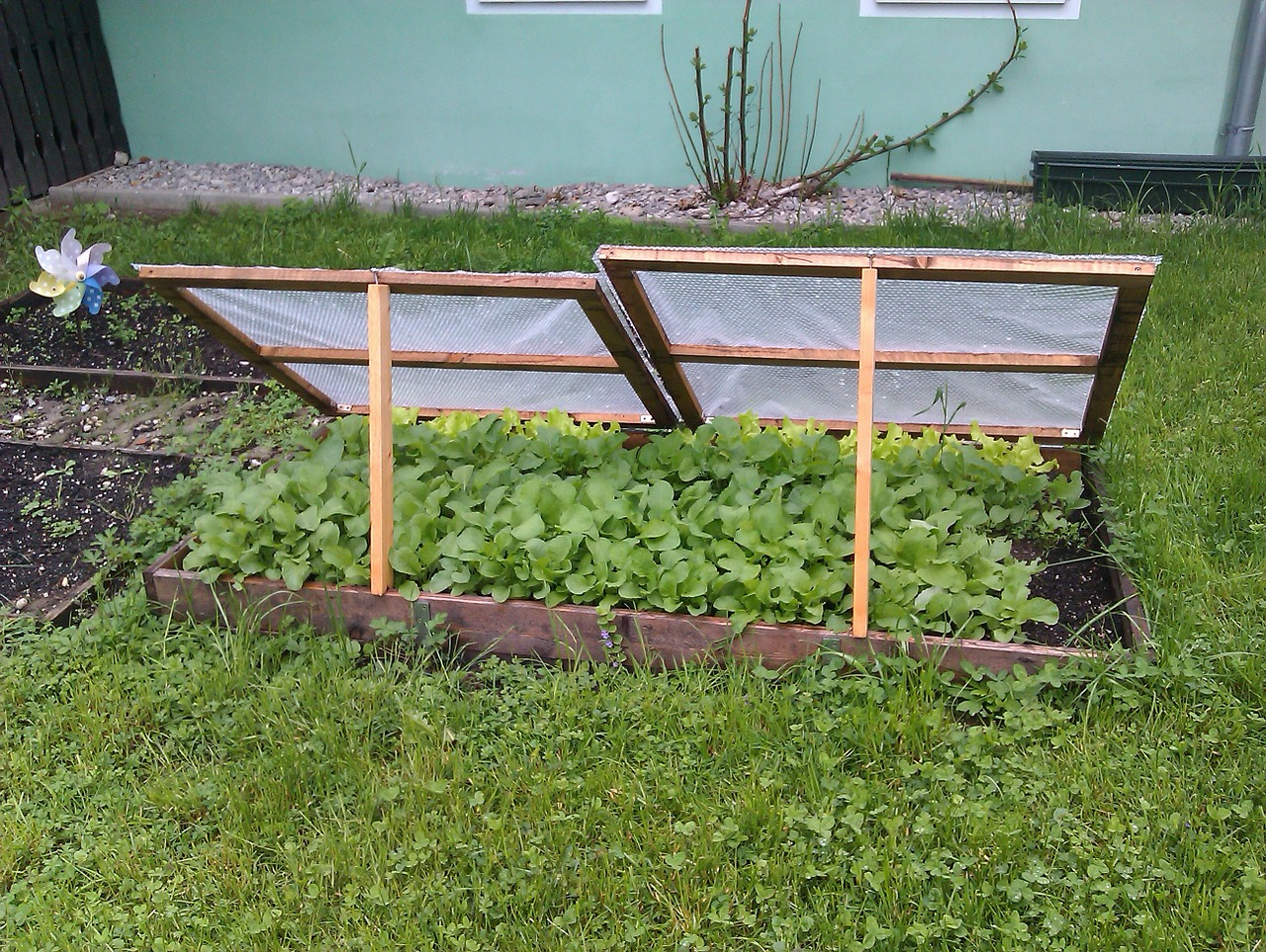
You can sow without hesitation as early as February:
- Dig the cold frame 50 to 70 cm/19.7 to 27.5 in deep
- Fill the hole with a 30 to 40 cm/11.8 to 15.7 in layer of horse manure (straw to manure ratio of 1:1)
- Add about 20 cm/7.9 in of mature humus and fill the rest with garden soil
- After two weeks you can sow
Spreading compost and fertilizer

- Fertilize the beds in which heavy growers are planted
- Use organic fertilizers such as horn shavings or compost
- Lightly rake the fertilizers into the top layer of soil
Repairing the mulch layer
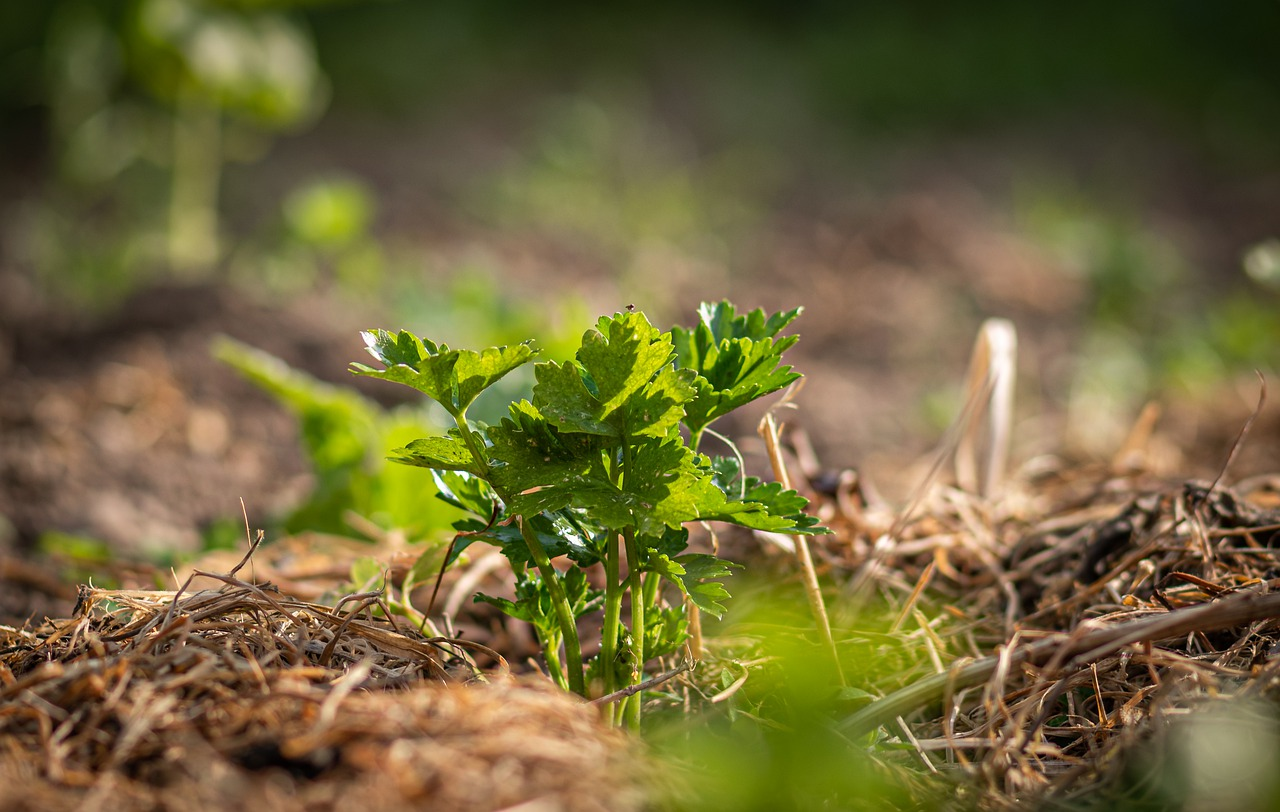
To ensure that early-germinating weeds don't stand a chance, you should repair or renew the mulch layer on your beds.
Harvesting winter vegetables
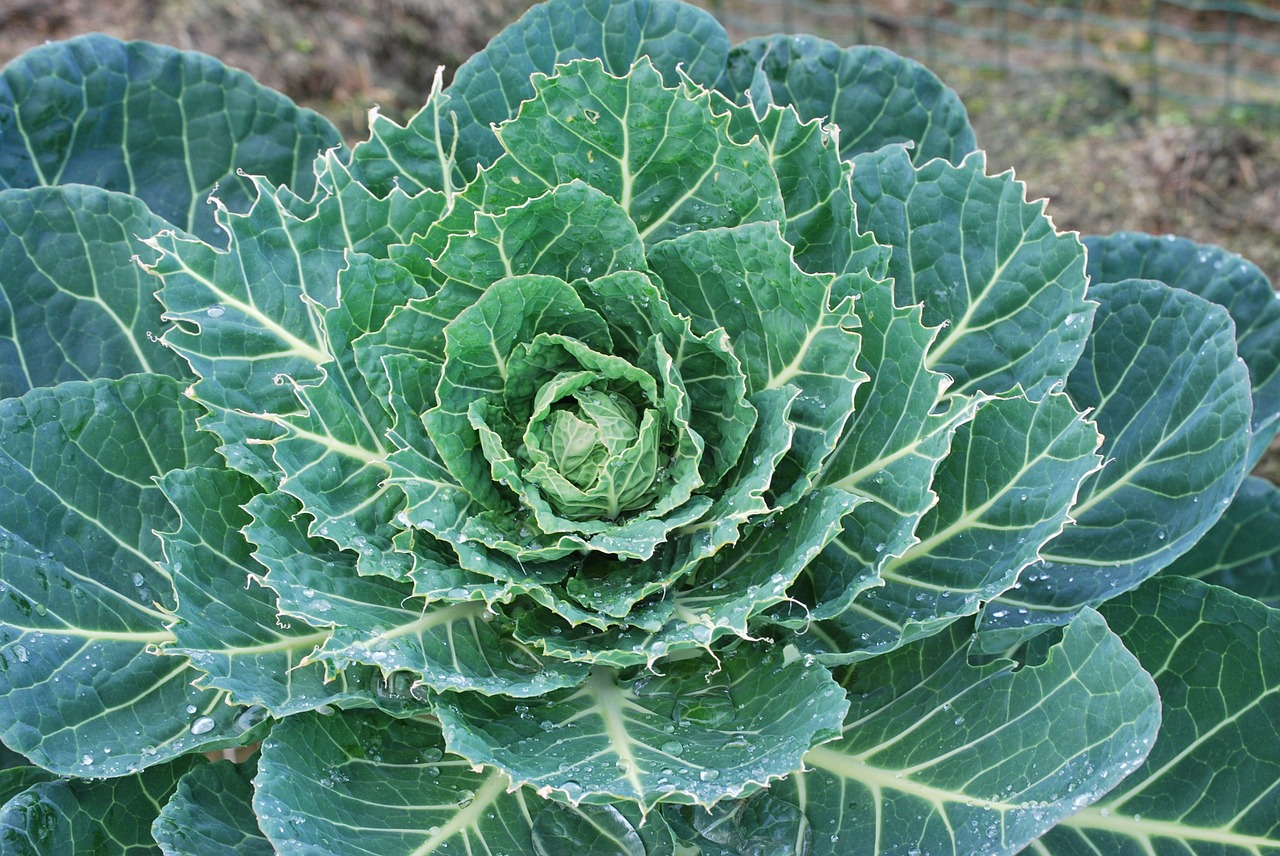
Harvest the remaining winter vegetables such as lamb's lettuce, winter purslane, radicchio and cabbage. Otherwise they will start to bolt as temperatures rise, making them inedible.
First sowings & precultures
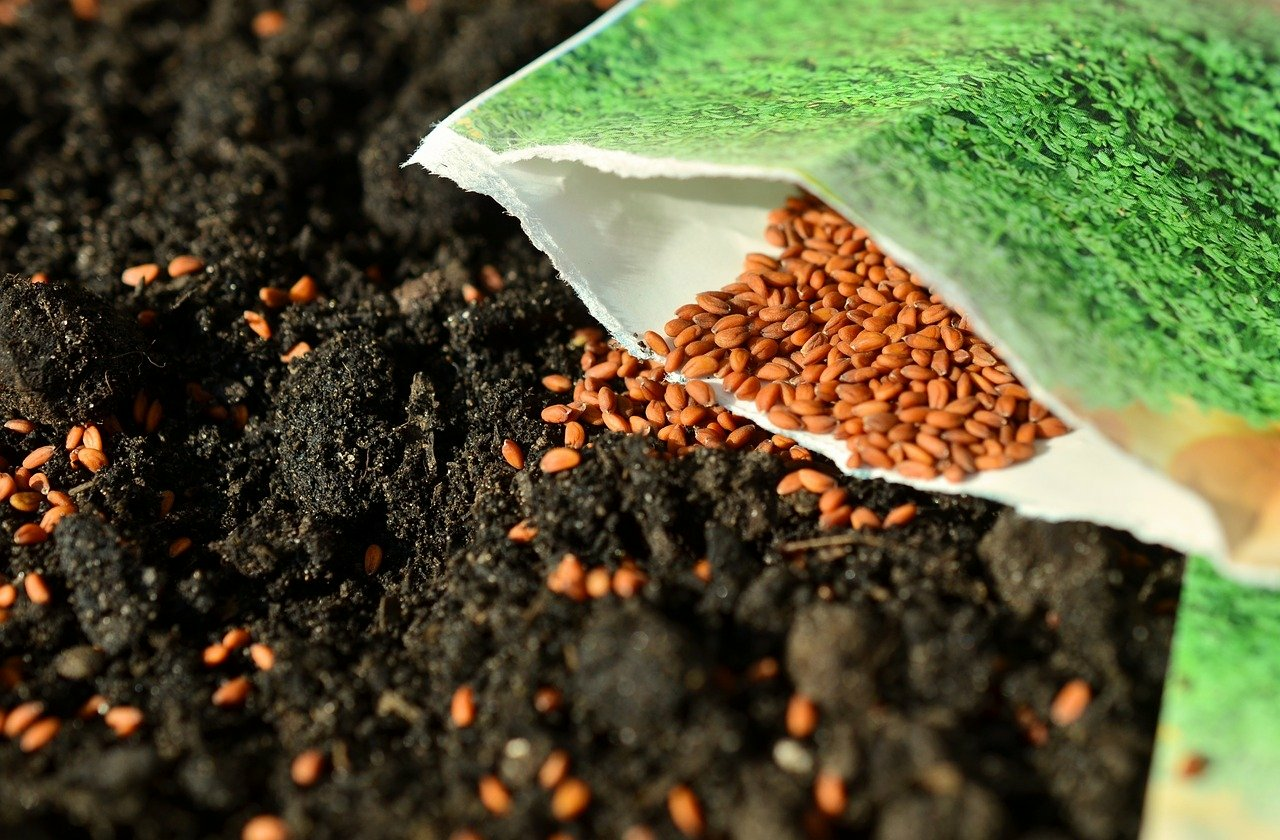
- Winter sowing: Cabbage, lettuce, chard, spinach, broad beans, carrots, radishes, parsley, dill
- Pre-crops: lettuce, spinach, cabbage(-rabi), celery, cress, rocket, chervil, basil, eggplant, tomato, bell pepper, chili
Maintaining fruit trees
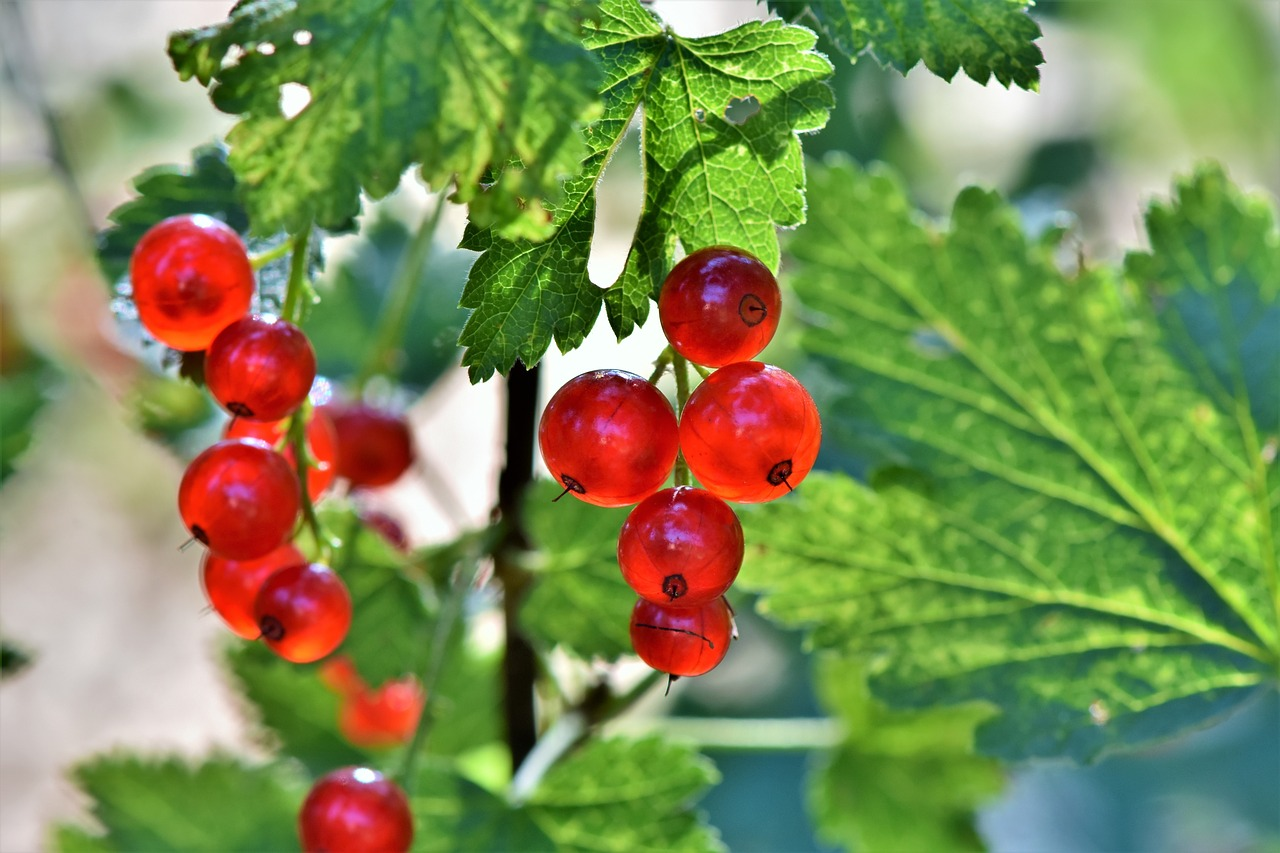
If not already done in the fall, you can now take care of your fruit trees:
- Prune by mid-March at the latest
- Trunk care: milk of lime, horsetail broth or tansy tea prevent cracks in the trunk
Peggy choucair on Pixabay.

